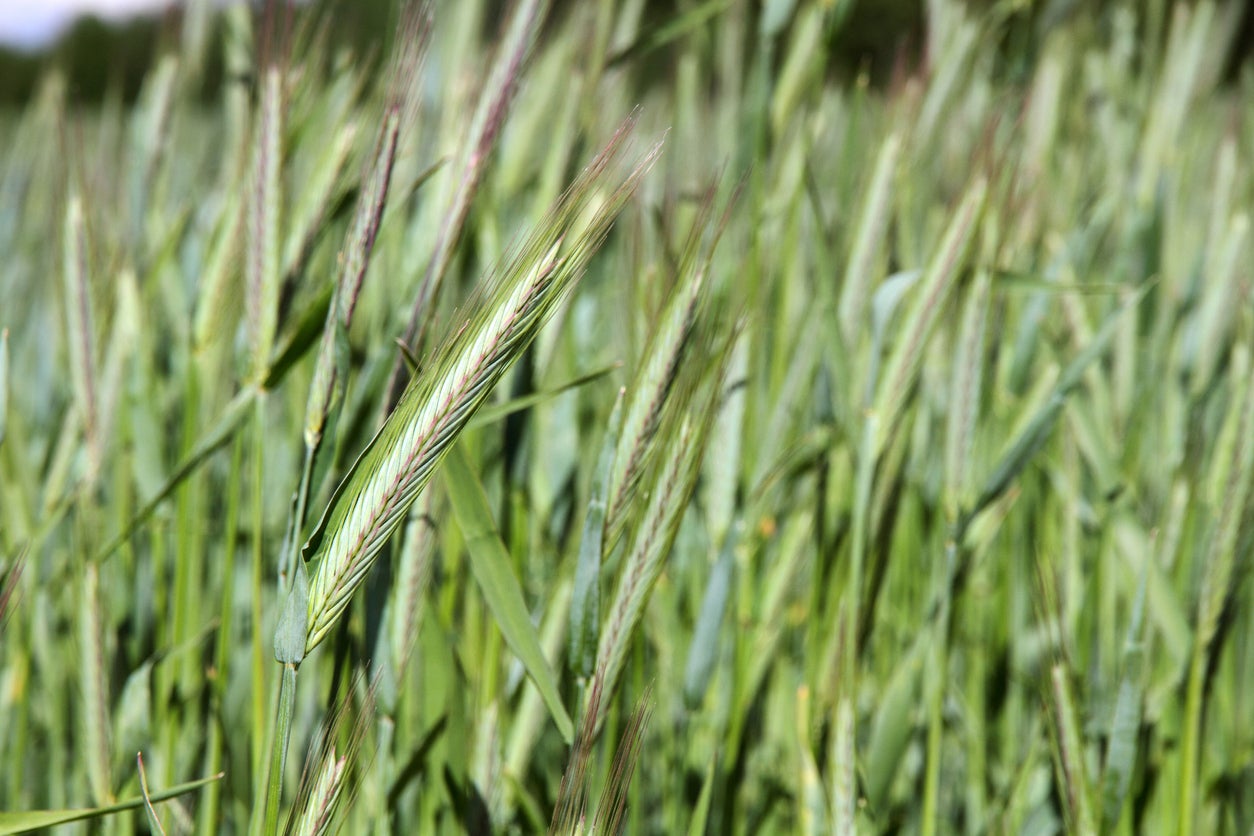Cereal Rye Information: Learn How To Grow Rye Grain At Home


If you like organic whole grains on your table, you might enjoy growing rye for food. Organic cereal grain rye is expensive to buy and fairly easy to grow in a backyard garden. Are you wondering how to grow rye grain? Read on for tips and information that can help get you started.
Cereal Rye Information
Many gardeners work hard to produce vegetables and fruits in the backyard, but never think of planting grains. Don’t be fooled by the rumors that grains are hard to grow. In fact, grains like rye, wheat, and oats are much easier to grow than most veggies.
Rye, for example, is one of the easiest crops you might choose to grow. It grows well even in very poor soils, requiring little work. It is also quite cold-hardy, much more so than wheat. Rye as a cereal can be used to make pasta, bread, or even beer.
People wrongly believe that cereal grain rye or similar grain crops can only be grown in large commercial operations, but nothing is farther from the truth. You can start growing rye for food by including one row of rye plants in your garden plot. This will yield enough rye to make plenty loaves of bread.
Another myth about growing grains is that you need specialized, expensive equipment for the harvest. While you can harvest cereal grain rye with a scythe, you might also use pruning shears or even a hedge trimmer. You can beat the seed heads with a wooden stick to remove the grain, then remove the papery covering with a household fan. A basic blender does a great job of turning rye grain into flour.
How to Grow Rye Grain for Food
Cereal grain rye is one crop that prefers to grow in cool weather. Generally, if you are growing rye for food, plant your seeds in fall for a spring harvest. Cereal rye grain plants produce dense, fibrous roots that love cool temperatures.
Buy seeds online or in feed stores and sow them in a sunny garden bed. Once you have broadcasted seed on the soil surface, rake the soil to cover the seeds a little, then roll or pack down the soil to make sure the seeds are making soil contact.
Sign up for the Gardening Know How newsletter today and receive a free copy of our e-book "How to Grow Delicious Tomatoes".
Cover the area lightly with straw to hide the seeds from birds. Keep the soil moist if rainfall is inadequate.
Harvest the grain in late spring when the stalks begin to turn brown. Cut them at ground level, tie them up in bundles, and store them in a dry place for a few weeks. After that, thresh out the grain by beating the stalks with a stick over a sheet or tarp.

Teo Spengler is a master gardener and a docent at the San Francisco Botanical Garden, where she hosts public tours. She has studied horticulture and written about nature, trees, plants, and gardening for more than two decades, following a career as an attorney and legal writer. Her extended family includes some 30 houseplants and hundreds of outdoor plants, including 250 trees, which are her main passion. Spengler currently splits her life between San Francisco and the French Basque Country, though she was raised in Alaska, giving her experience of gardening in a range of climates.